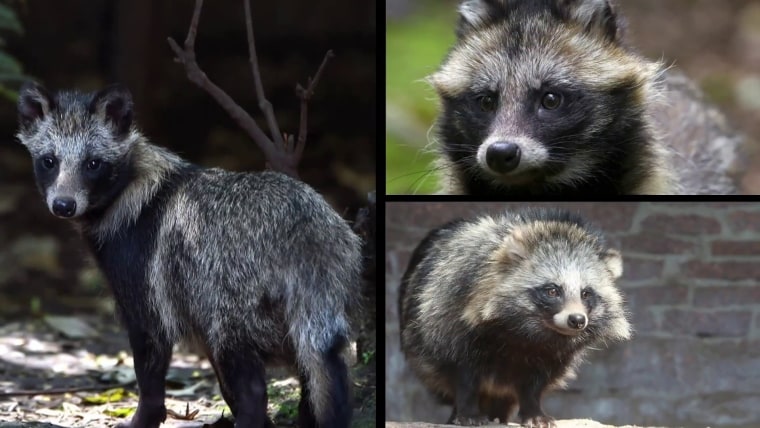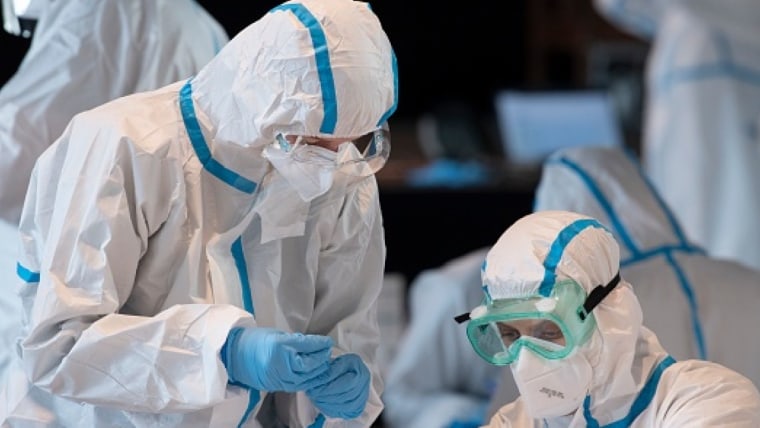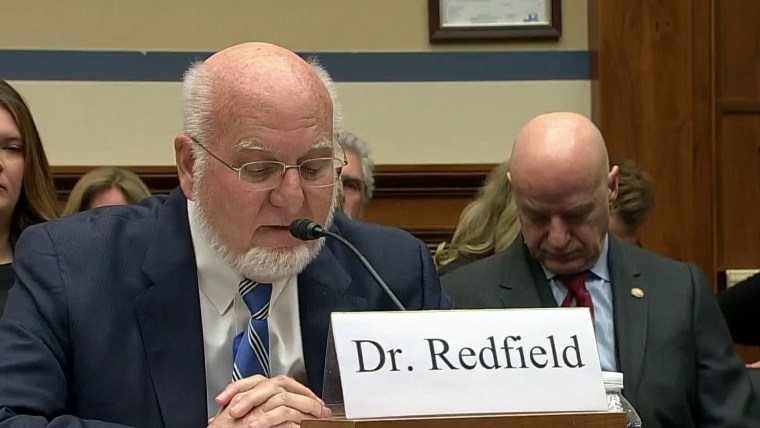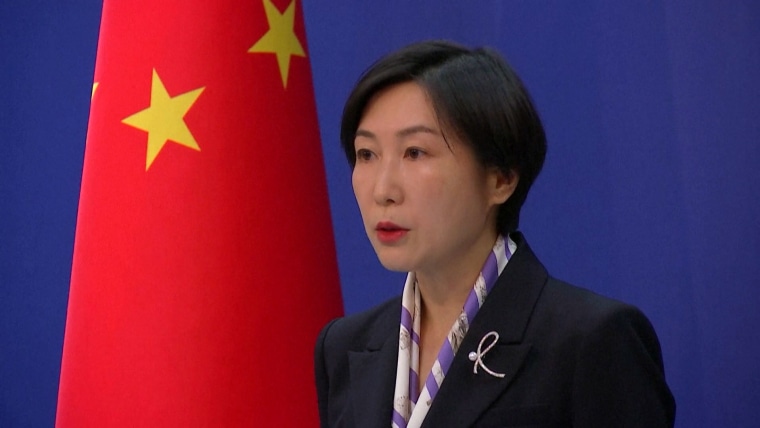Mehdi Hasan: The case for Covid’s natural origin has never been stronger.
Today, Americans are more likely to believe that the novel coronavirus, which causes Covid, came from a lab rather than from an animal infecting a human, even though most studies overwhelmingly suggest the opposite. For months, proponents of the idea that the novel coronavirus escaped from a lab have been hotly anticipating a declassified U.S. intelligence report on the origin of the pandemic. Now the report is out… and it was kind of a dud for the “lab leak” theory.
The report found “no indication” that Chinese labs were working with any close progenitors of SARS-CoV-2 or of any “specific research-related incident” occurring inside a lab that could have caused the pandemic.
The report found “no indication” that Chinese labs were working with any close progenitors of SARS-CoV-2 or of any “specific research-related incident” occurring inside a lab that could have caused the pandemic.
And yet “lab leak” advocates are claiming vindication anyway.
How? They point to two recent news reports they say back their claim that Covid came from a lab, rather than from an animal infecting a human in a marketplace.
The Wall Street Journal reported in February that the Department of Energy changed its intelligence assessment to conclude that the novel coronavirus “most likely arose from a laboratory leak.” This month, several outlets reported that unnamed intelligence sources claimed that a U.S.-funded scientist researching coronaviruses was among three people working at the Wuhan Institute of Virology who in November 2019 “became sick with an unspecified illness.”
But these stories are not the smoking guns lab leak proponents make them out to be.
Let’s start with how the scientific evidence for the origin of the novel coronavirus evolved. In March 2020, The Lancet published an open letter from more than two dozen eminent scientists, experts on viruses and epidemiology, that condemned “conspiracy theories suggesting that COVID-19 does not have a natural origin.”
That said, one did not have to be a conspiracy theorist to wonder if the virus may have accidentally escaped from a lab. Some leading virologists did wonder about it. In a January 2020 email to Dr. Anthony Fauci about the virus, Kristian Andersen, a virologist from Scripps, said “some of the features (potentially) look engineered” and that he and his colleagues “all find the genome inconsistent with expectations from evolutionary theory.”
Then in May 2021, a group of more than a dozen scientists — including evolutionary biologist Michael Worobey — published a peer-reviewed letter in Science calling for more investigations into Covid-19’s origin, and maintaining that both a natural origin and an accidental lab leak remained viable theories.
One did not have to be a conspiracy theorist to wonder if the virus may have accidentally escaped from a lab. Some leading virologists did wonder about it.
But here’s where it gets interesting. The same scientists who initially found a lab leak scenario plausible — Kristian Anderson and Michael Worobey — reached the opposite conclusion after they studied the virus.
Last summer, Worobey and Anderson co-authored two major peer-reviewed studies looking at the earliest cases of Covid-infected patients in Wuhan, concluding that “the emergence of SARS-CoV-2 occurred through the live wildlife trade in China” and that the wet market that hosted that wildlife trade “was the epicenter of the COVID-19 pandemic.”
There’s been nothing equivalent to those findings in the published literature on the lab leak theory side of the debate. There just hasn’t.
As Worobey told The Associated Press for a story published in February, “The scientific literature contains essentially nothing but original research articles that support a natural origin of this virus pandemic.”
On the other hand, the lab leak theory is built not on hard evidence, but on circumstantial stuff. It’s a theory based wholly on questions, not actual findings.
For example, lab leakers ask, if Covid was natural in origin, why haven’t scientists yet discovered the exact animal from which the virus crossed into humans?
Forgive me but, so what that they haven’t? As a January article in Slate pointed out, “It took 29 years to definitively identify the source of Ebola, 26 years for HIV/AIDS, and 15 years for SARS.” So the lack of an identifiable source, especially this soon, does not suggest a lab leak.
The lab leak theory is built not on hard evidence, but on circumstantial stuff. It’s a theory based wholly on questions, not actual findings.
Meanwhile, scientists continue to pile up evidence that points strongly to an animal source. In March, Andersen and Worobey, along with more than a dozen other scientists, analyzed the genetic data from samples taken at the wet market in the early days of the outbreak and in one significant Covid-positive sample found fragments of raccoon dog DNA, exactly the kind of evidence you’d expect to find if animals were the origin of the pandemic.
In fact, the history of pandemics is a history of viruses crossing over from animals to humans, not escaping labs and infecting humans.
That’s not to say accidents don’t happen at labs. They happen plenty. They just haven’t yet, that we know of, resulted in wider outbreaks.
But that leads to another question: Did scientists at the Wuhan Institute of Virology (WIV) run the sort of “gain-of-function” experiments that could have “created” something like the novel coronavirus?
Now that is a good question. WIV did apply for a grant to run such experiments in 2018, but was denied. Given China’s lack of transparency — which is a big reason we’re still arguing about the origin of Covid — it’s possible that WIV conducted such experiments in secret. There’s no way to know. That’s why a June 20 Wall Street Journal report, based on unnamed intelligence sources, that one of the three WIV scientists who fell ill in November 2019 was researching coronaviruses appears to carry such significance.
Never mind that the declassified intelligence report found no evidence “indicating that any WIV genetic engineering work has involved … a backbone virus that is closely-related enough to have been the source of the pandemic.” And never mind that the report found these scientists “experienced a range of symptoms consistent with colds or allergies with accompanying symptoms typically not associated with COVID-19, and some of them were confirmed to have been sick with other illnesses unrelated to COVID-19.”
Never mind all that. Let’s just suppose it happened. Say that scientists accidentally created the novel coronavirus in a lab and these three scientists got infected. You would expect, then, that the earliest cases would have been centered around the Wuhan Institute of Virology and its surrounding neighborhood.
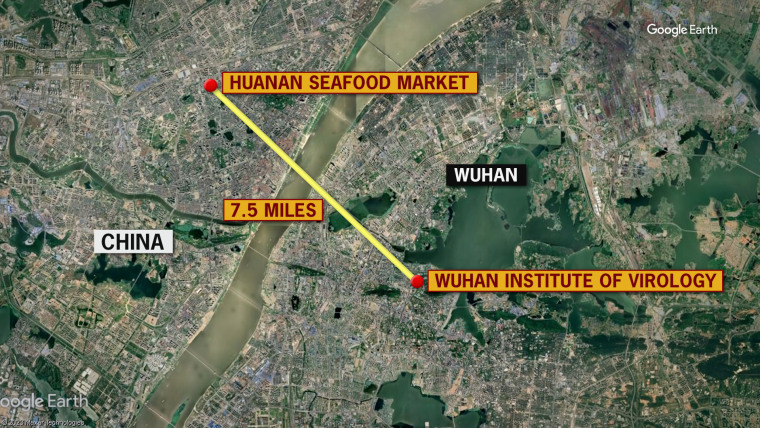
Yet as Worobey’s study in “Science” showed, all the earliest cases of Covid-19 were concentrated on the other side of the city, across a river, about seven miles away as the crow flies — nine miles by foot — in the illegal wet market that sold exactly the kinds of animals that led to the outbreak of SARS 20 years ago.
Is it “possible” that Covid leaked from a lab? Sure. But likely? More likely than the wet market?
The entire premise continues to strain credulity, which is why a natural origin remains the best theory in the actual scientific literature.
But what about that Department of Energy’s intelligence assessment?
But what about that Department of Energy’s intelligence assessment? As CNN reported at the time, three people familiar with the intelligence findings told them, “The Department of Energy’s shift was based in part on information about research being conducted at the Chinese Centers for Disease Control in Wuhan, China, which was studying a coronavirus variant around the time of the outbreak.”
Excuse me, the “Chinese Centers for Disease Control”?
That is an entirely different lab than the Wuhan Institute of Virology, which lab leak proponents have talked about nonstop since day one.
You can’t, as writer Jonathan Katz has said, point to an intel assessment about a totally different lab than the one you’ve blamed for the outbreak and then claim vindication for your theory!
The declassified intelligence report shed no light on the Department of Energy’s sources. But, again, let’s just suppose the department got it right. Say that there was a leak from the Chinese CDC in Wuhan, rather than the Wuhan Institute of Virology.
You know what kind of work is not done at that Chinese CDC?
The Energy Department assessment, if accurate, actually blows up the theory lab leakers have been pushing for three years. Sorry, you don’t get to move the goalposts and tell yourself you were right all along.
The Energy Department assessment, if accurate, actually blows up the theory lab leakers have been pushing.
Now, does that mean the lab leak theory is therefore false? No. Of course it remains possible that Covid leaked out of a lab in Wuhan. I am not saying it didn’t, nor are the scientists who think it had a natural origin and came out of the wet market. They just want to see hard evidence for the lab leak theory, as do I. We haven’t seen any yet, even after the intelligence community released declassified material behind their assessments! If that elusive evidence does emerge, I’ll say, “Sure, I was wrong on this, as were most of the scientists I trusted.”
But until we see that hard evidence, the burden is on proponents of the “lab leak” theory to disprove what remains the most overwhelmingly likely explanation of a natural origin.
Frankly, they haven’t come close.
Updated with new developments, this op-ed is an adaptation of a segment of The Mehdi Hasan Show on Peacock that originally aired March 8.
